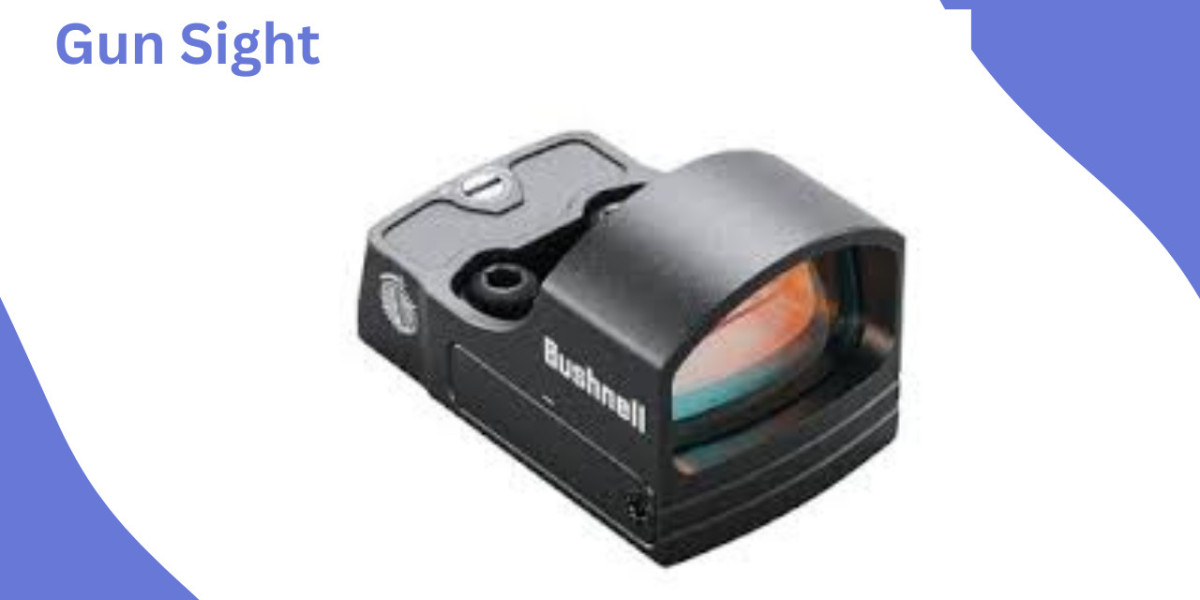Unlock the Secret to Catching Trout: The Ultimate Fishing Lures You Need Now!
Trout fishing is a thrilling experience, often filled with anticipation and the promise of a great catch. Whether you're a seasoned angler or a beginner, the excitement of casting a line into a crystal-clear lake or a rushing stream is unmatched. However, one of the most significant factors determining your success is the choice of fishing lures. Many anglers encounter challenges when trying to catch trout, often resulting in empty nets and frustration. The right lures can make all the difference, turning a slow day on the water into a memorable fishing adventure. This article will guide you through the journey of discovering the best fishing lures for trout, helping you enhance your fishing skills and increase your chances of landing that prized trout.

Understanding Trout Behavior and Habitat
To effectively catch trout, it's essential to understand their behavior and habitat. Trout are typically found in cold, clean waters such as rivers, streams, and lakes. They are opportunistic feeders, meaning their diet will change based on the availability of food sources. Insects, smaller fish, and crustaceans are common fare for trout. Their behavior is influenced by various factors, including water temperature, time of day, and seasonal changes. For instance, during warmer months, trout often feed closer to the surface, while in colder months, they may be found deeper in the water. By understanding these patterns, you can select the right lures that mimic their natural prey, increasing your chances of a successful catch.
Types of Fishing Lures for Trout
There are various types of fishing lures that have proven effective for trout fishing, each with its unique appeal. Among the most popular are spinners, spoons, jigs, and soft plastics. Each type of lure has its methods of attraction and effectiveness, making it crucial for anglers to choose wisely based on the conditions and preferences of the trout. Let's take a closer look at each type:
Spinners
Spinners are a favorite among many anglers due to their ability to create flash and vibration in the water, which attracts trout. They consist of a metal blade that spins around a shaft, creating a disturbance that mimics the movement of baitfish. When using spinners, it's essential to vary your retrieval speed; sometimes a fast retrieve works, while other times a slow, steady pace is more effective. Personal experience has shown that early morning or late evening fishing with spinners can yield impressive results, especially when the sun is low, and the water is calm.
Spoons
Spoons are another effective option for trout fishing, known for their unique shape that mimics the movement of injured fish. They can be cast or trolled and are best used in deeper waters where trout tend to hide. A good tip for maximizing their effectiveness is to experiment with different retrieval speeds and pauses, as this can trigger the trout's predatory instincts. Friends of mine have shared stories of successful fishing trips using spoons in lakes, especially during overcast days when the fish are more active.
Jigs
Jig fishing is a versatile technique that can be highly effective for trout. Jigs come in various shapes, sizes, and weights, allowing anglers to target different depths. When presenting jigs, it's crucial to mimic the natural movement of prey, which can be achieved by lifting and dropping the rod tip. My buddy once caught an impressive trout using a brightly colored jig while fishing near submerged structures, proving that presentation matters significantly.
Soft Plastics
Soft plastics are incredibly versatile lures that can be rigged in numerous ways to imitate various types of prey. They can be used for both casting and trolling, making them a favorite among many anglers. When using soft plastics, consider the water conditions and adjust your retrieval techniques accordingly. For instance, a slow drag along the bottom can be effective when trout are feeding near the substrate. I've had great success using soft plastics during different seasons, particularly in spring when trout are actively feeding.
Seasonal Considerations for Lure Selection
Understanding how different seasons affect trout behavior is vital for successful fishing. In spring, as waters warm up, trout become more active and can often be found feeding near the surface, making floating lures and spinners effective. Summer fishing may require deeper lures as trout seek cooler waters. As fall approaches, trout prepare for winter, often feeding aggressively, providing an excellent opportunity for anglers to use a variety of lures. In winter, trout become less active and move to deeper waters, so it's essential to adjust your lure selection accordingly. Recognizing these seasonal patterns can significantly enhance your fishing experience and success.
Techniques for Using Fishing Lures Effectively
Using fishing lures effectively requires a combination of technique and awareness of your surroundings. Start with proper casting techniques; a smooth, accurate cast will place your lure in prime locations where trout are likely to be. Adjusting your retrieval speed is equally important; sometimes a slow, steady retrieve will be more enticing than a fast one. Depth control is another critical factor; knowing where the trout are holding will inform your choice of lure and how you present it. Common mistakes include not varying your techniques and sticking to one type of lure. Don't be afraid to experiment and adapt based on your observations throughout the day.
Key Takeaways for Successful Trout Fishing
In summary, the key to successful trout fishing lies in selecting the right lures and understanding the behavior of trout. By exploring various types of lures, considering seasonal changes, and employing effective techniques, you can greatly improve your chances of landing a trout. Remember, fishing is as much about the journey as it is about the catch. So, take the time to experiment with different lures and techniques, and enjoy the process of honing your skills as an angler. Happy fishing!













